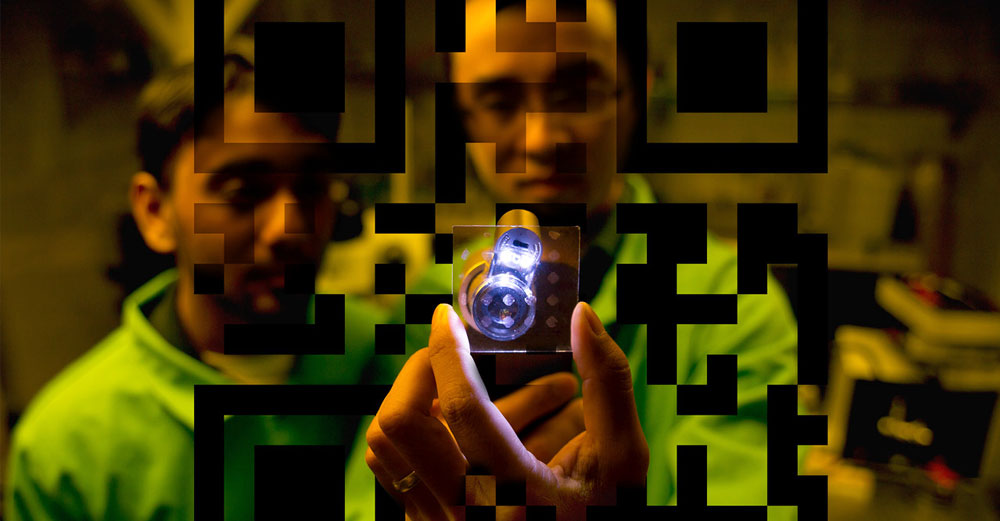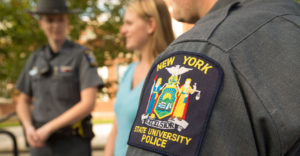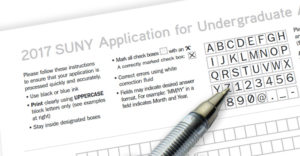
Pharmaceuticals are a giant industry across the globe, with billions of dollars in research & development, testing, and sales involved to bring these life-changing medicines to the people. But did you know criminals are banking an estimated $200 billion annually from fake drugs themselves? That’s nearly 10 percent of the worldwide pharmaceutical industry!
The majority of consumers buy counterfeit drugs unknowingly, putting their health or even lives at risk. It’s a growing problem. So much so that Newsweek dedicated an entire cover story to this topic last year: The Fake Drug Industry is Exploding, and We Can’t Do Anything About It.
Fortunately, Jun Wang, an assistant chemistry professor at the University at Albany, has seen the numbers and developed a solution so we can do something about it.
Wang is leading a team of UAlbany researchers in developing microsize QR (microQR) codes to prove medicine is legit. By scanning the code, consumers can learn information such as product name, dosage, manufacturing location and batch number.
What makes the microQR technology unique is how small it is. Roughly the size of a dust particle, consumers need a cellphone microscope (only $10 on Amazon) to view and scan the code. This makes it undetectable to the human eye and prevents duplication on the black market (just in case counterfeiters attempted to do so).
“Our technology has strong potential to protect against fake products” Wang said. Counterfeit drugs have the potential to contain wrong active ingredients or inappropriate doses. Both scenarios can be extremely dangerous to those who take them.
Finding new uses for microtechnology is a regular task for Wang’s lab. His team is focuses on applying this technology to a variety of things including disease diagnostics and forensic investigations. The idea for microsize QR Codes came after a few visits to the supermarket.
“We would see these large barcodes at the supermarket all the time. It got us talking about how easily they could be duplicated,” Wang said.
Wang said the team plans to continue working on progressing the microQR technology this semester. Specifically, they’d like to explore the role it can play for large supply chains in tracking product distribution. They’re also researching other ways the technology can be utilized, perhaps to validate paychecks, ID cards, and more.
You can learn more by viewing this feature story on Wang’s research in Smithsonian Magazine and on UAlbany’s website.



